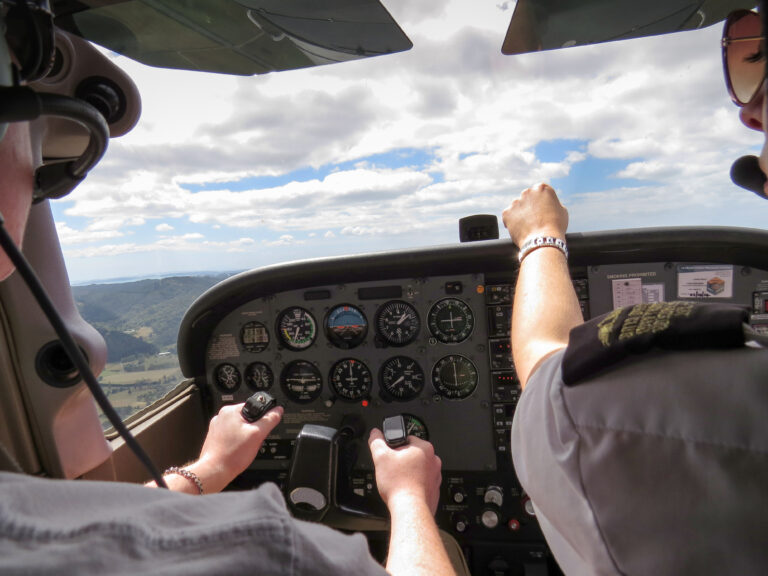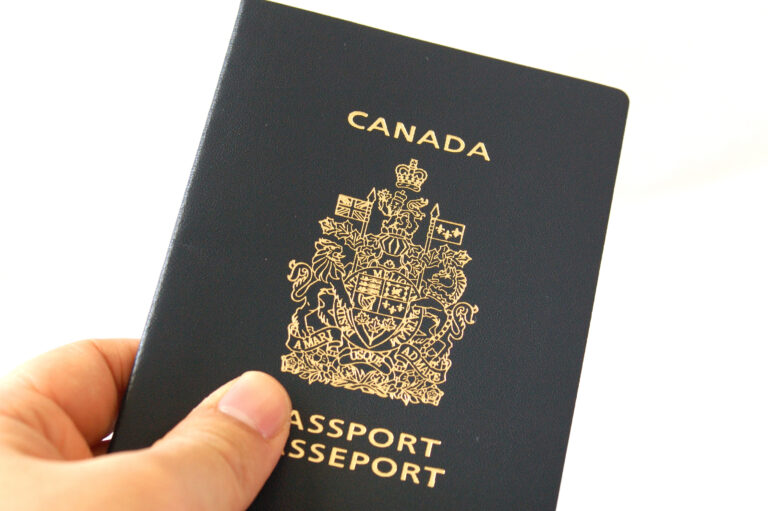International students studying online from abroad are getting an extra four months to qualify for a Post-Graduate Work Permit (PGWP) if they submitted a study permit application no later than the end of August last year.
That allowance, first made in mid-August last year, was to expire on Aug. 31 this year but Immigration, Refugees and Citizenship Canada is extending it through to Dec. 31, 2023.
“Given the unprecedented impact of COVID-19 on international students and the post-secondary sector, temporary policy changes were made to the eligibility requirements for post-graduation work permits for … students enrolled in PGWP-eligible programs in progress in March 2020 (and) students who began PGWP-eligible programs between March 2020 and August 31, 2022,” notes the Canadian immigration department’s website.
“These temporary policy changes to the PGWP … are meant to facilitate the issuance of open work permits to former or current PGWP holders.”
When the measure was introduced last year, Canadian immigration explained it was a transitory measure to encourage international students to come back to Canada as the pandemic was waning.
Read More Canada Immigration News
Canada Immigration Minister Sean Fraser announces 18-Month PGWP Extension
Extra Year For Canada International Students To Take Online Courses And Get PGWP
New Open Work Permits For Canada PGWP Holders and TR to PR Pathway Applicants
The latest word from the IRCC is that the extended allowance will apply only to international students who either have a study permit, have been approved for a study permit or have submitted a study permit application before beginning their program that was eventually approved. Those students must have been enrolled in their programs prior to Aug. 31 this year.
“If a student spent time studying at a designated learning institution (DLI) while outside of Canada, that time begins to count toward the length of the PGWP only after the department receives the study permit application,” notes the IRCC on its website.
Are you an employer looking to hire foreign workers in Canada? Immigration.ca can help through its sister company, skilledworker.com. We provide a comprehensive recruitment package to help you identify and hire the best individuals from abroad. Contact us now.
“As such, time that the student spent studying before IRCC received the study permit application should be deducted from the length of the PGWP.”
Under the temporary measure, international students enrolled in PGWP-eligible programs in March 2020 or who started their programs between March 2020 and Aug. 31, 2022 are exempt from the requirement to complete half of their program of study in Canada.
“Up to 100 per cent of their program can be completed online from outside Canada,” notes the IRCC.
“Up until Dec. 31, 2023, time spent studying outside of Canada can be counted toward the overall length of the PGWP.”
If you are a candidate looking for a Canada job, or an employer looking to recruit foreign talent from abroad, immigration.ca can help. Access our expertise through our in-house recruitment enterprise skilledworker.com, “the leader in foreign recruitment”.
Those students can get up to 100 per cent of the credits for their programs completed online through a PGWP-eligible DLI in Canada until the end of this year without losing their eligibility for a PGWP.
The temporary measure also allows international students who were forced to put their studies on hold or become part-time students due to course cancellations as result of the public health measures in the winter, spring and summer semesters of 2020 to get a PGWP. Their eligibility is not for the work permit is not affected.
CAQ Not Required For Those Applying For PGWP After Studying At Quebec Schools
International graduates who apply for a work permit, such as a PGWP, before the expiry of their study permit are eligible to work full-time without a work permit while they wait for a decision on their application.
But they are only eligible only provided:
- they hold a valid study permit at the time of the PGWP application;
- they have completed a PGWP-eligible program of study;
- they meet the requirements for working off campus without a work permit, and;
- they did not exceed the allowable hours of work.
“The student must have been enrolled full-time at a DLI in a post-secondary academic, vocational or professional training program of at least eight months in duration that led to a degree, diploma or certificate,” notes the IRCC.
Foreign nationals who study in Quebec are not required to have a valid Quebec Acceptance Certificate (CAQ) when submitting a PGWP application. As the PGWP is an open work permit and is exempt from a Labour Market Impact Assessment (LMIA), a valid CAQ or study permit is not required when the PGWP is issued.
All applicants must submit their PGWP application by following the instructions to apply online under this public policy.
When they do so, they must submit:
- a copy of their passport;
- a request for consideration under this public policy, including the duration of the work permit they are seeking (maximum of 18 months), and;
- the $155 work permit fee.
India Lobbied Ottawa For Break For International Students Last Year
Ottawa’s last-ditch attempt to save the school year of many international students last year came roughly a week after India, the biggest source of international students to Canada, put pressure on Ottawa to cut study permit processing times.
“In recent years, Canada has emerged as a preferred destination for Indian students for post-secondary education,” the High Commission of India noted in an advisory last year.
“Currently, more than 230,000 students from India enrolled in post-secondary institutions in Canada are making a positive contribution to the Canadian economy, including through an estimated $4 billion (in American dollars) in tuition fees.”
Video
At the exchange rate in effect on Aug. 25, that U.S.-$4 billion worked out to almost $5.2 billion in Canadian dollars, or about $22,494 per Indian student in Canada.
In Tuition Fees for Degree Programs, 2021/2022, Statistics Canada noted last year Canadian universities were increasingly dependent on the tuition fees of international students to stay afloat.
“In 2021/2022, the average tuition fees for international undergraduate students in Canada rose 4.9 per cent from a year earlier to $33,623,” noted Statistics Canada.
“This follows a 7.1 per cent gain in 2020/2021. Increasingly, postsecondary institutions have relied on income from international students as part of their revenue stream.”
Are you ready to live and work in Canada? Fill out our free evaluation form to find out if you are eligible.
Become the right candidate with the job you always wanted with our online IELTS and EECP packages at skilledworker.com.
We are accepting international entrepreneurs to join our Start-Up Visa projects in Canada. Read more here.










